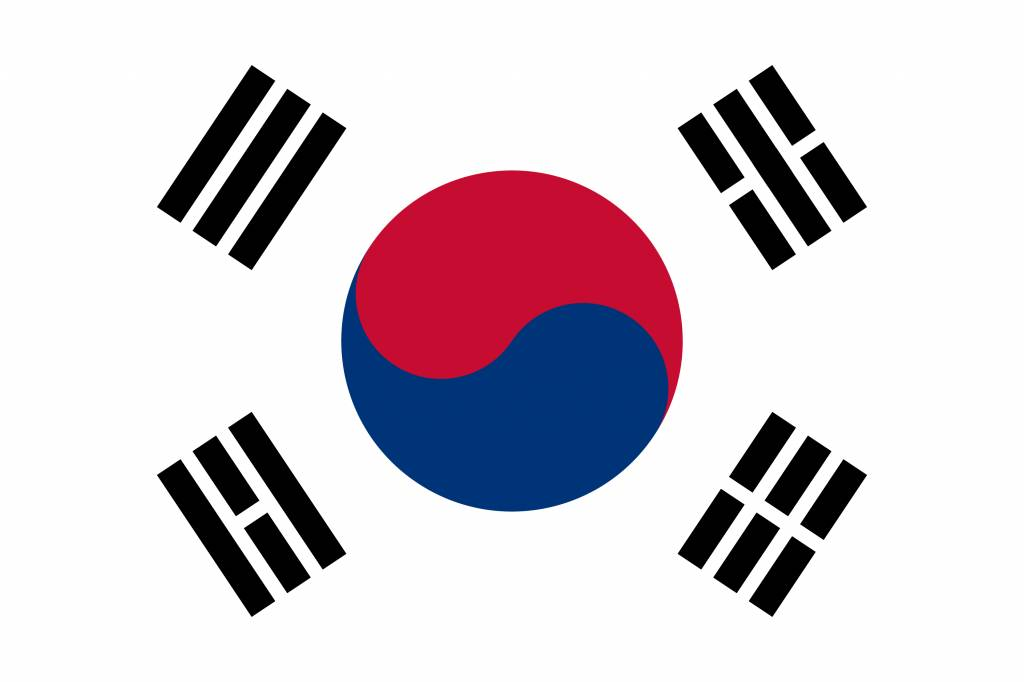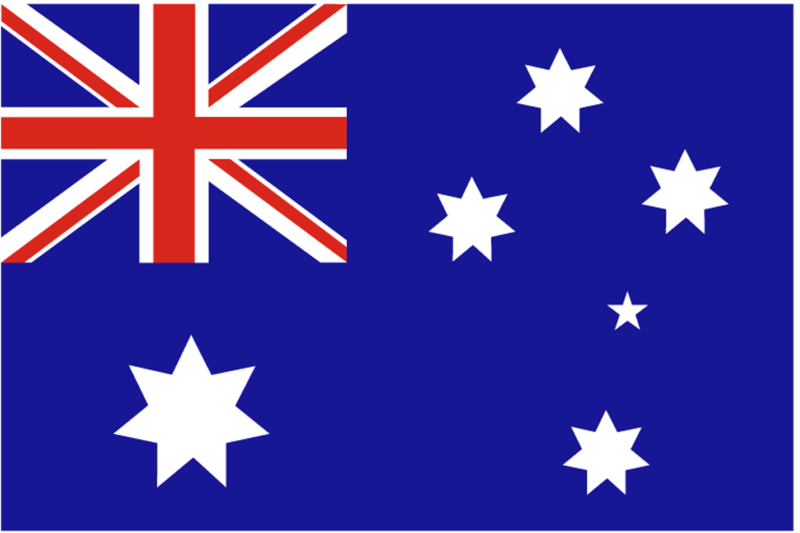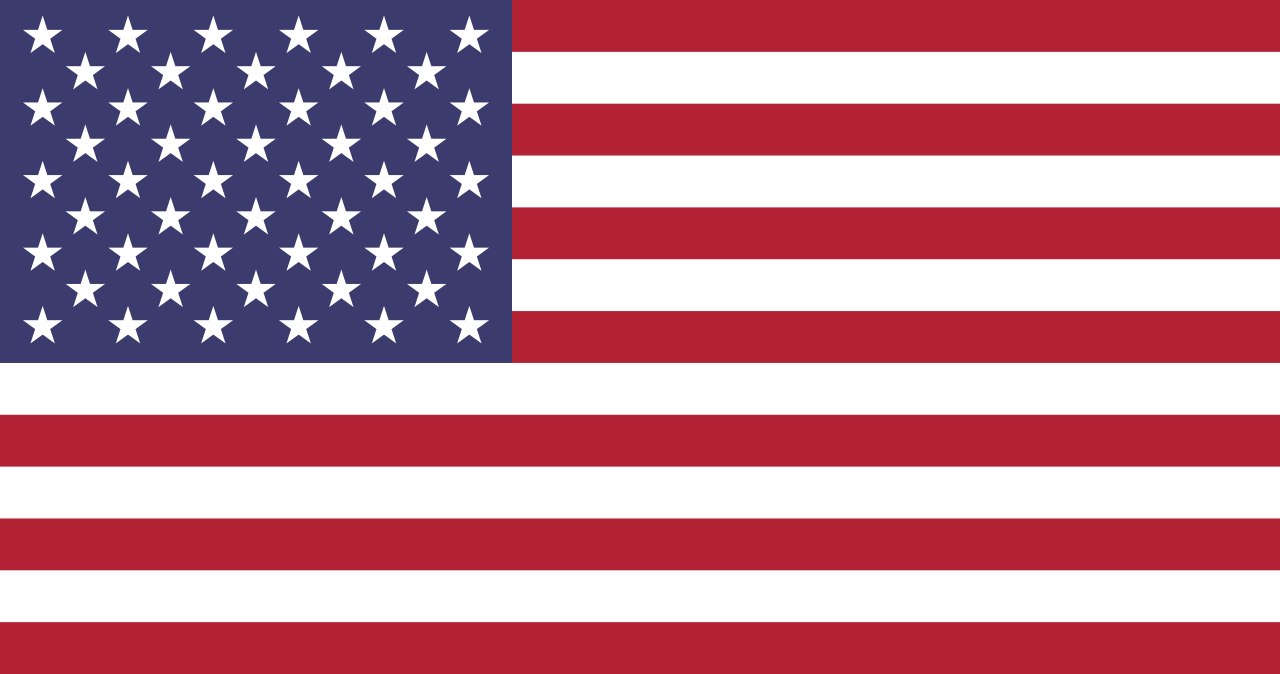
Topical Reports
Countries which have regulations or draft regulations:


















Countries which have regulations or draft regulations:

















Countries which have regulations or draft regulations:

Countries which have regulations or draft regulations:


Countries which have regulations or draft regulations:








Within the region, most countries’ definition of processing aids matches the definition of processing aids under the Codex framework. However, a comparison of existing regulatory frameworks shows that processing aids are regulated to varying extents among the countries in Asia. For instance, processing aids are still regulated as food additives in some market while the rest regulates it under the processing aids regulations. This report aims to help companies understand the regulatory framework of processing aids in markets in the region.
Countries which have regulations or draft regulations:












Non-retail packaging refers to bulk packaging or containers that are used for shipment of goods between businesses and wholesalers, rather than for direct sale to consumers. Currently, no harmonised labelling standards for such packaging has been established yet. At Codex, “Non-retail container” means any container that is not intended to be offered for direct sale to the consumer. The food in the non-retail containers is for further food business activities before being offered to the consumer.
Codex is working with many member countries and observers to draft up a proposal and guidance on the labelling standards of non-retail containers. Once published, this guideline or standard would likely be adopted by Asian countries.
Countries which have regulations or draft regulations:







Carry-over of food additives in the final food product can occur as a result of the use of ingredients that inevitably contain food additives. In practice, food additives are regulated in many countries and there are specific limits established for each food additive to prevent overdose. In Asia, some countries have also established conditions that allow the carryover of food additives. One of the key conditions is that the quantity of the carried-over food additive from the food must not be greater than would be introduced by use of raw materials under proper technological conditions or manufacturing practice.
Countries which have regulations or draft regulations:











Countries which have regulations or draft regulations:

Foods subject to irradiation may be of food safety or health concern in some countries. In general, many countries in Asia require a statement that imply that the food has undergone irradiation and/or the international Radura symbol. This report aims to provide a summary of the labelling requirements for irradiated food in Asia. The requirements are generally similar throughout Asia, with few exceptions seen in India, Japan and Philippines, which have additional labelling requirements.
Countries which have regulations or draft regulations:
















Iodine is an essential micronutrient required for the production of thyroid hormones, which regulate metabolism and bone and brain development. To prevent widespread of iodine deficiency that iodine deficiency called goitre, or brain damage and intellectual disability in children, WHO recommended daily intake of iodine is best met by fortifying salt with iodine in countries where the problem of iodine deficiency is widespread. Today, salt iodisation is common in many countries as a strategy to increase iodine intake of the population.
This document summarises the regulations regarding salt iodisation across Asia. It should be noted that many countries in Asia require mandatory salt iodisation, while others adopt a voluntary approach. Some countries, however, still do not adopt salt iodisation.
Countries which have regulations or draft regulations:













Front-of-pack (FOP) label is increasing included within the national regulations as a form of secondary nutrition label. FOP label is designed to reinforce nutrition guidance by simplifying the nutrition information that is often presented on the back of packaging. Globally, FOP labelling follows the principle that an FOP label should only be provided in addition to, and not in place of, the nutrient declaration.
The format of Front-of-pack (FOP) label varies across various countries globally and within Asia. Three types of FOP labels – food group information labels, fact-based labels and interpretive logos have been developed and applied to various products on a voluntary or mandatory basis. In some cases, two or more labels are shown on one product. To help businesses better understand the application of the FOP labels in Asia, the landscape study identifies the requirements of different systems recognised in various countries across Asia.
Countries which have regulations or draft regulations:











